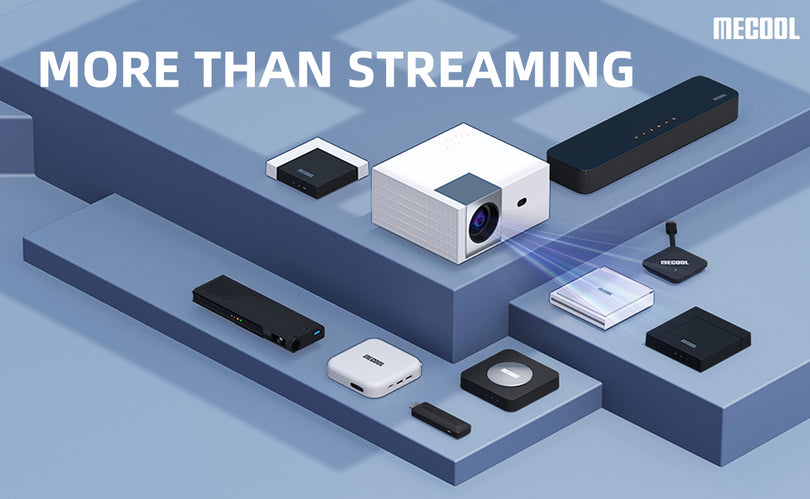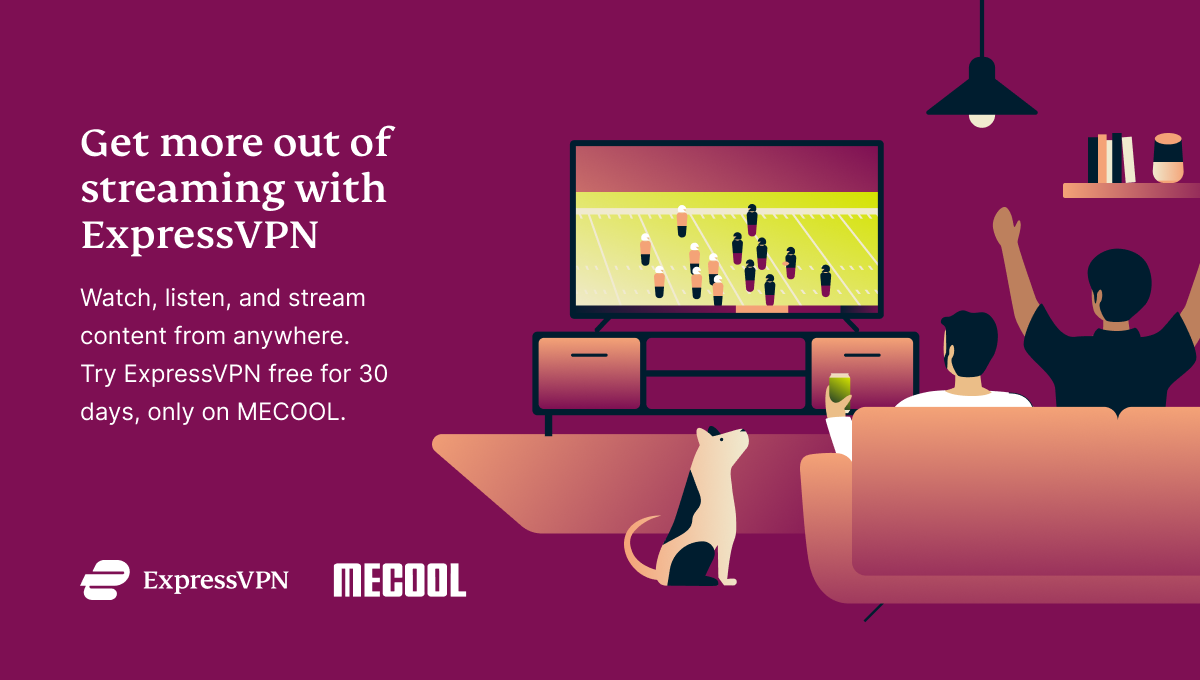In the ever-evolving landscape of media consumption, two powerful technologies have emerged to transform how we access and enjoy content - Over-The-Top (OTT) and Internet Protocol Television (IPTV). Each method has its unique characteristics and benefits, catering to different user preferences and demands. In this comprehensive blog post, we will delve deep into the differences between IPTV and OTT.
What is IPTV?

IPTV stands for Internet Protocol Television, a technology that enables the delivery of television content over the Internet. Unlike traditional broadcast methods, IPTV allows users to stream media content on their devices using an internet connection. This revolutionary system utilizes Internet Protocol (IP) networks to transmit television signals, offering viewers a seamless and interactive television experience.
How Does IPTV Work?

IPTV operates through the use of internet protocols, which are essentially the rules that govern data transmission over the internet. Content providers encode television signals into IP packets and deliver them to viewers via high-speed internet connections. These IP packets are then received by IPTV devices, capable of decoding and displaying the content on television screens or other compatible devices.
Advantages and Disadvantages of IPTV
Streaming content with IPTV comes with its own set of positive and negative points:
Advantages of using IPTV
Higher video quality: Due to the dedicated bandwidth assigned to IPTV streaming, videos tend to have a higher quality of picture and sound than with other streaming methods.
Fewer interruptions: There are fewer instances of a video feed buffering or being interrupted with IPTV because of the private network connection.
Hard-to-find releases: Many IPTV networks are run directly by internet service providers, and these providers offer premium content that’s only available on their streaming service.
Enhanced security: Because IPTV is sent over a WAN, LAN, or ISP network, the security of your connection is often higher.
Disadvantages of using IPTV
More expensive: Monthly fees for many IPTV services are on par with traditional satellite or cable stations, putting some users off.
Peak slowdown: When popular content is in high demand and many people are watching a broadcast at the same time, the service can be slower.
Locks viewers in: Viewers are locked into access to the content that the IPTV provider selects, limiting their access to other broadcasts.
Service installation and hardware requirements: IPTV usually requires the installation of service (an internet connection from a specific ISP, for example) and either middleware or hardware from the ISP (a specific modem) in order to connect to the service.
Examples of IPTV Streaming Platforms
Some examples of well-known IPTV streaming platforms include Vstro player.
What is OTT?

OTT refers to the delivery of media content, such as video, audio, and interactive services, directly to consumers over the Internet. It bypasses the traditional modes of content distribution, such as cable or satellite TV, offering users the freedom to access content on various devices, including smart TVs, smartphones, tablets, and computers.
Advantages of using OTT
Less expensive: OTTs don’t have to pay for the overall infrastructure and equipment needed to stream their content, so OTT services tend to be less expensive for users.
More accessible: Users only need an internet-connected device to stream content via an OTT service, allowing them greater access to content anywhere in the world.
Greater selection: Viewers are less limited by the content offered by the ISP on their proprietary service, so they have more choices in what to watch.
Disadvantages of using OTT
Performance can be hampered: The quality of the content streamed to an end-user depends greatly on their internet connection speed, available bandwidth, and the connectivity speed supported by the user’s device. This can mean users experience lag, slow loading, and poor video or audio quality.
Examples of OTT Streaming Platforms
Some commonly known OTTs include YouTube, Netflix, Hulu, Amazon Prime Video, Disney+, and HBO Max.
There are a few key differences between IPTV and OTT.
Network type: OTT delivered from content provider / aggregator to the viewer using open network. IPTV Closed, proprietary network, accessed via a specific internet service provider.
Network relationship: OTT Without the need for intervening carriage negotiations, or infrastructure investments, IPTV delivered on optimized and custom high bandwidth network.
Content delivery: OTT uses open internet, un-managed network. IPTV uses dedicated, managed network.
Quality of services: OTT doesn’t offer any sort of quality guarantees, with the content being delivered differently to each user based on their individual internet speeds and device capabilities. IPTV offers a reliable network with ISP control over the quality of services.
Type of content: IPTV services usually provide an Electronic Program Guide (EPG), an on-screen listing of all scheduled programming. This guide may include listings for live television, time-shifted television that allows you to replay a show, and video on demand. OTT, however, typically offers a video on demand catalog that allows viewers to pick and choose their programming. Some OTT providers do now offer live streaming TV programs that are listed within the individual streaming service.
Service Examples: OTT (Popular Video on Demand services like YouTube, Netflix, Amazon LoveFilm, Hulu, etc.); IPTV services like Vstro Player, U-Verse (AT&T),Prism TV (CenturyLink)
Components needed: For IPTV, users need an internet connection, a router, and a set-top box or IP-based connected TV. OTT only requires an internet-compatible device that’s connected to data or WiFi.




